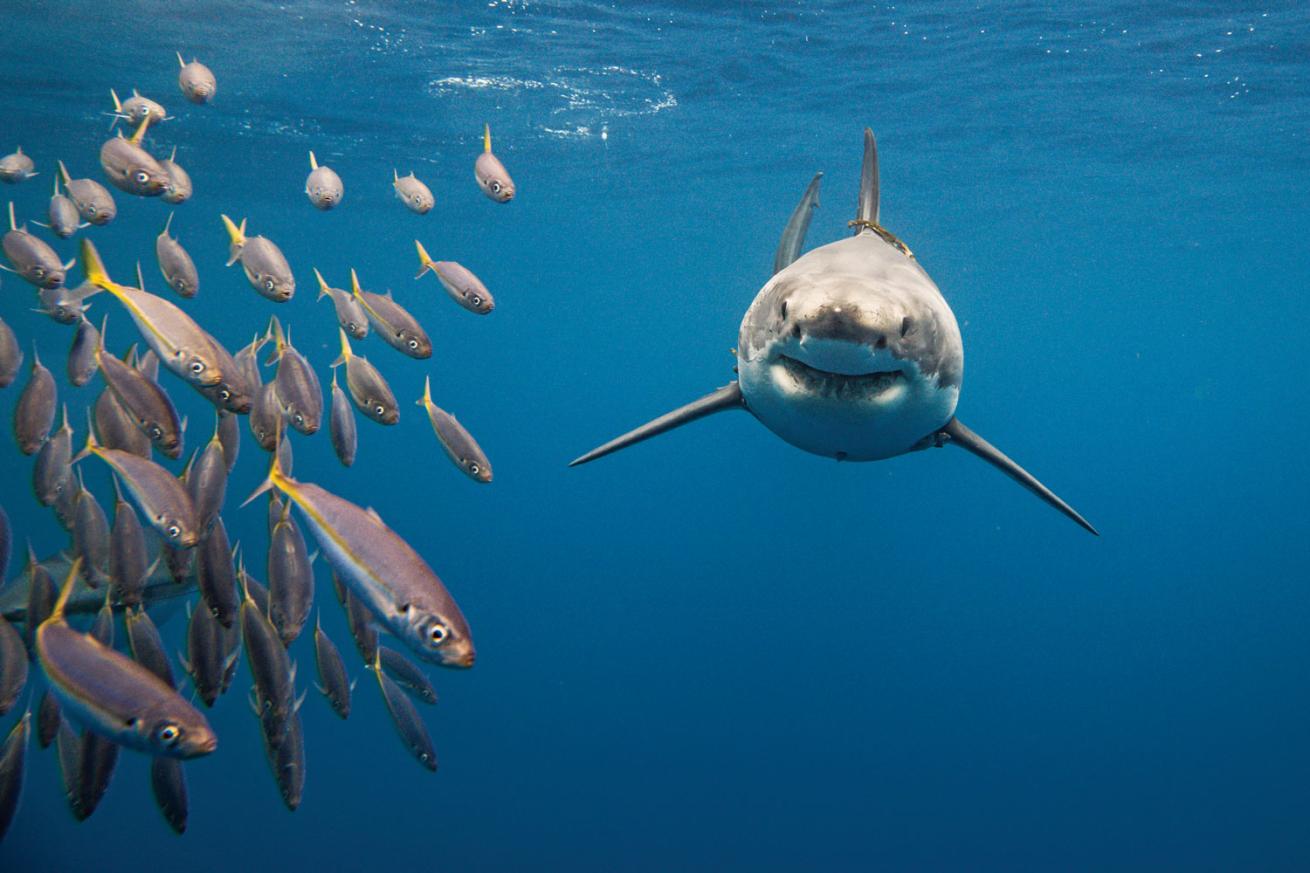Ocean Education Ideas for Divers Suddenly Homeschooling

Shutterstock.com/HalfpointHow to dive with jellyfish and tackle overfishing from home.
COVID-19 suddenly shuttered schools around the world, leaving parents to scramble for lesson plans.
(Or at least find something for the kids to do while Mom troubleshoots her Zoom call.)
If you’re looking for a way to pass the time with your kids, why not use this impromptu homeschool season to teach the next generation about the ocean? Show them why divers love it, the challenges facing it, and what can be done to save our blue planet.
Here are 11 free resources you can use to host Sea School from your living room today:
1. Check out National Geographic’s Ocean Education Collection
National Geographic has activities designed for K through 12. You can take your at-home adventurer over the migration of plankton, explore why people live near the coast, or demystify hydrothermal vent chemistry.
2. Join the #OceanSchool on Instagram
Stuck at home like the rest of us, Paul Nicklen and Cristina Mittermeier, founders of SeaLegacy, launched #OceanSchool to educate people about the oceans right on Instagram. You and your kids can scroll through the images, or do your own research and contribute a post!
3. Take a (virtual) field trip to the Monterey Bay Aquarium
Perfect to alleviate cabin fever, this California aquarium has livestreams set up so your students can observe ocean creatures in real time. Check out the jellyfish, dive into the open ocean, or swim with sharks! The aquarium also has fact sheets about its inhabitants, curriculum plans, and activities for your sea school attendees.
4. Check out National Oceanic and Atmospheric Administration's (NOAA) educational resources
Students of any age can learn about the oysters in Chesapeake Bay while younger scholars can play a whale migration e-board game found in NOAA’s game center. There are also worksheets students can fill out on topics like corals and pollution using NOAA data.
5. Work toward a scuba certification with PADI eLearning
It’s true - you can get actual academic credit for PADI scuba certifications. Right now many courses are 25% off, and the eLearning can be done from home. If your student is more than 10 years old, they can get scuba certified through the Open Water Course. If they are already certified, you can look at ecosystem-based adventure courses like Fish Identification or Underwater Naturalist.

Florent GoodenAny week can be shark week when you're at Sea School!
6. DIY Shark Week
Did you know you can watch clips from Discovery Channel’s Shark Week on YouTube? There are free playlists from multiple years, or you can purchase complete episodes for less than $2. (And, for good measure, you should know Jaws is currently streaming on Hulu.)
7. Download free eBooks about the ocean
Especially great if your local library is closed, the International Ocean Discovery Program, which is funded by the National Science Foundation, has illustrated eBooks about the ocean for kids, like Where the Wild Microbes Grow: The Search for Life Under the Seafloor.
8. Use the “Secrets of the Ocean Realm” activities from PBS and the Scripps Ocean Institute
Want your child to learn about advocating for coral reefs or how convection currents work? These classroom activities include background information, activity plans, and discussion topics; while designed for 5th to 7th graders, some feature adaptations for older or younger students.
9. Host a movie screening
Movie day is always everybody’s favorite day in school anyway. Netflix has documentaries like Chasing Coral and Mission Blue, or light their imagination on Disney+ with Nemo or 20,000 Leagues Under the Sea.

Courtesy the Cayman Islands Department of TourismOnline activities can help you show students the impact their appetite has on the ocean.
10. Have a sustainable seafood theme day
There are resources all over the internet to teach your kids about the role sustainable seafood plays in oceanic health (a lesson that could always be themed with a fun lunch!). There are activity-based lessons that involve tossing balls or grabbing popcorn, or you can pull up TED videos on aquaculture and overfishing.
11. Head to the bottom of the ocean together
This interactive site lets your students dive deeper than anybody has before! As you scroll down the page, the “depth” of the ocean increases, the water gets darker, and different animals appear to match your current depth. Start above 30 meters with polar bears and atlantic salmon, then plunge all the way to 1,924 meters with the Challenger Deep.










